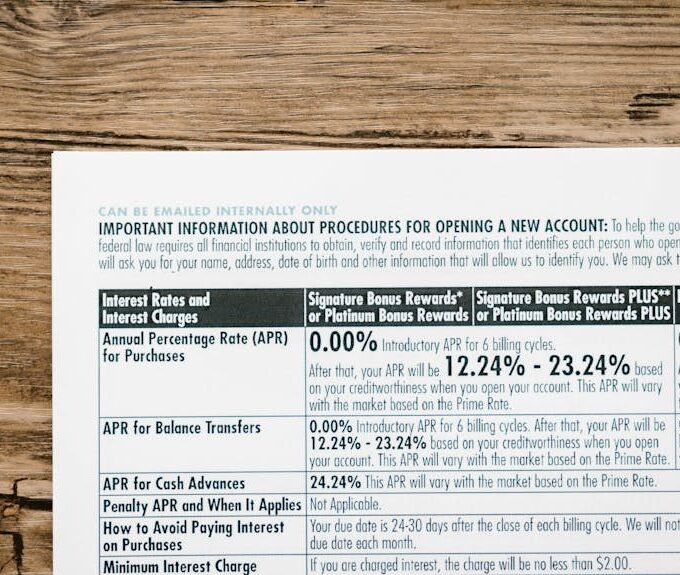
Refinancing your mortgage can be a smart move to lower your monthly payments, reduce your interest rate, or even pay off your loan faster. It can also help you access equity in your home for major expenses like renovations or debt consolidation. However, refinancing is not always straightforward. To do it successfully, you need to understand the process and prepare carefully. Here’s a guide to help you navigate refinancing step by step.
Understand Why You Want to Refinance
The first step is knowing your goal. Do you want a lower interest rate? Are you hoping to shorten your loan term? Or do you need extra cash through a cash-out refinance? Identifying your reason helps you choose the right type of refinancing and ensures the benefits outweigh the costs.
Check Your Credit Score and Finances
Just like when you first bought your home, your credit score plays a big role in refinancing. A higher score can qualify you for better interest rates and terms. Review your credit report for errors, pay down debts, and avoid big purchases before applying. Lenders also look at your income and debt-to-income ratio to make sure you can handle the new loan.
Compare Lenders and Rates
Not all lenders offer the same refinancing deals. Take time to shop around and compare interest rates, fees, and terms from multiple lenders. Even a small difference in rates can save you thousands over the life of your loan. Online tools and mortgage brokers can make this process easier.
Factor in Closing Costs
Refinancing comes with closing costs, usually between 2% and 5% of the loan amount. These costs include appraisal fees, title insurance, and lender fees. Before committing, calculate whether the savings from refinancing outweigh the upfront expenses. Some lenders may offer no-closing-cost options, but they often come with higher rates.
Gather the Required Documents
To refinance, you’ll need paperwork such as pay stubs, tax returns, bank statements, and details about your current mortgage. Having these documents ready speeds up the process and reduces delays. Lenders use this information to evaluate your application and confirm your eligibility.
Get an Appraisal
Lenders usually require a home appraisal to determine its current market value. The appraisal ensures your home has enough equity to qualify for refinancing. If your property value has increased, you may qualify for better terms or even eliminate private mortgage insurance (PMI).
Lock in Your Rate
Mortgage rates can fluctuate daily. Once you find a good rate, many lenders allow you to “lock in” that rate for a set period, usually 30 to 60 days. Locking in protects you from potential rate increases while your application is being processed.
Close the Loan and Start Saving
The final step is closing the loan. You’ll review and sign the new paperwork, pay any remaining closing costs, and officially replace your old mortgage with the new one. From there, you can enjoy the benefits of refinancing—whether it’s lower payments, a shorter loan term, or access to your home’s equity.
Refinancing your mortgage can provide major financial benefits if done carefully. By understanding your goals, checking your credit, comparing lenders, and preparing documents, you can set yourself up for success. Taking the time to plan ahead ensures that refinancing helps you achieve long-term savings and greater financial stability.
Related Articles
How to Lower Your Home Insurance Premium
Home insurance is essential for protecting your property and belongings from unexpected...
Top Life Insurance Providers
Life insurance is one of the most important financial tools to protect...
Balance Transfers: What You Need to Know
Credit card debt can be overwhelming, especially with high interest rates that...
Hidden Costs in Home Loans You Should Know
Buying a home is one of the biggest financial decisions most people...















